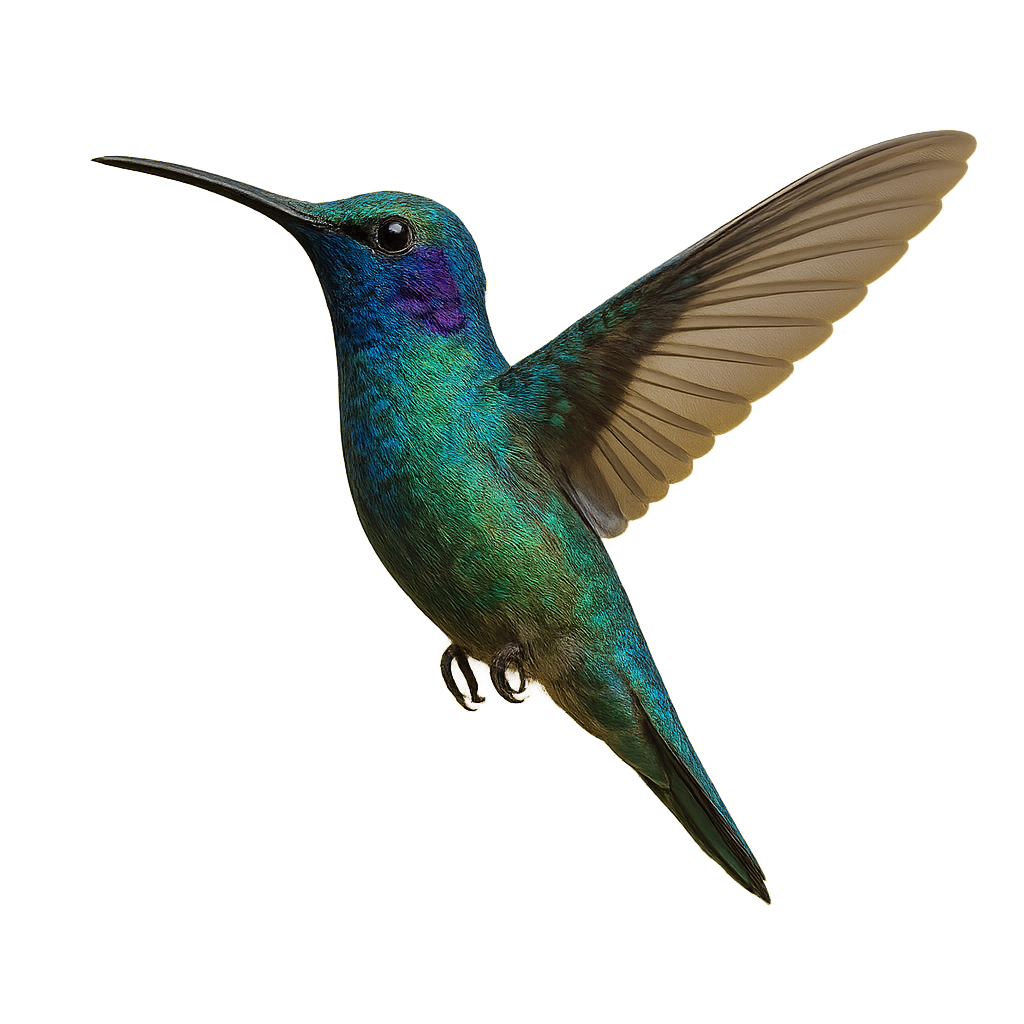Your wildlife photography guide.
Explore in detail, study its behavior, prepare your shots.
Where to observe and photograph in the wild
Learn where and when to spot in the wild, how to identify the species based on distinctive features, and what natural environments it inhabits. The WildlifePhotographer app offers tailored photography tips that reflect ’s behavior, helping you capture better wildlife images. Explore the full species profile for key information including description, habitat, active periods, and approach techniques.
Hummingbird
Scientific name: Trochilidae

IUCN Status: Least Concern
Family: TROCHILIDAE
Group: Birds
Sensitivity to human approach: Suspicious
Minimum approach distance: 5 m
Courtship display: March to April
Incubation: 15–19 jours
Hatchings: April to May
Habitat:
Tropical forests, garden areas, and meadows, especially in regions of Central and South America
Activity period :
Primarily active during the day, with peak activity in the morning and late afternoon.
Identification and description:
Hummingbirds, members of the Trochilidae family, are small birds exceptionally known for their ability to hover in place due to their rapid and agile wing beats. These birds are characterized by their iridescent plumage, which varies from green and blue to red and purple, depending on the species. Their small size and high energy make them easily recognizable. Hummingbirds are primarily found in tropical and subtropical regions of the Americas, from Canada to the southern parts of South America.
They primarily feed on nectar that they gather from flowers, using their long slender beak and extendable tongue to reach the food. In addition to nectar, they also consume insects and spiders for protein. Due to their high metabolism, they must feed frequently throughout the day. Hummingbirds play a key role in pollinating flowering plants, thus contributing to the biodiversity of their habitats. While their population is generally stable, some species are threatened by habitat loss and climate change.
Recommended lens:
>=100 mm – adjust based on distance, desired framing (portrait or habitat), and approach conditions.
Photography tips:
The WildlifePhotographer App is coming soon!
Be the first to explore the best nature spots, track rutting seasons, log your observations, and observe more wildlife.
Already 1 431 wildlife lovers subscribed worldwide

